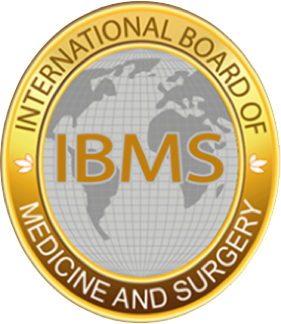| Thu, 07 Aug 2014 11:34:18 GMT
The uninsured rate in the U.S. fell to 13.4% in the second quarter of 2014. This is the lowest quarterly average recorded since Gallup and Healthways began tracking the percentage of uninsured Americans in 2008. The previous low point was 14.4% in the third quarter of 2008.
The figures do not yet show the full impact of stage one of Obamacare and raise questions about estimates of large numbers of uninsured Americans who could be a target for medical tourism.
The uninsured rate has decreased sharply since the Affordable Care Act’s requirement for most Americans to have health insurance went into effect at the beginning of 2014. The uninsured rate has dropped by 3.7 points since the fourth quarter of 2013, when it averaged 17.1%.
The decline in the uninsured rate last quarter took place at the start of the quarter. The drop reflected a surge of health plan enrollees in early April, prior to the April 15 extended enrollment deadline for people who had previously experienced technical difficulties with the federal healthcare exchange website.
The second-quarter results are based on more than 45,000 interviews with U.S. adults from April 1 to June 30, 2014, as part of the Gallup-Healthways Well-Being Index.
Gallup’s quarterly trends show that the uninsured rate dropped by about three points from the fourth quarter of 2013 among each major age group under 65. The uninsured rate in the second quarter averaged 18.7% among 18- to 25-year-olds, 23.9% among 26- to 34-year-olds, and 13.4% among 35- to 64-year-olds.
Given the availability of Medicare and Medicaid benefits, very few seniors report being without health insurance, although the uninsured rate among those 65 and older is now 2.0%, down from 2.8% in the third quarter of 2013.
With regulations on individuals and those employed by businesses still to take effect-it will be another two years before we see the full impact of Obamacare The figures will never fall to nil as there are millions of people in prison, illegal immigrants, temporary residents, very rich people and the estimated one in ten Americans who pay no taxes, buy no compulsory insurance and ignore any Federal law.
Insurance at Q 2 2014- • Employer or former employer 43.5% • Self funded 20.7%• Medicaid 8.4%• Medicare 8.9% • Military or veteran cover 4.7% • Trade union 2.5%• Other 3.8%
As well as 3 million children, 10.3 million American adults have gained health coverage since Obamacare enrollment began last October, with the biggest gains among young adults and Hispanics, according to a study from the Harvard School of Public Health, Brigham and Women’s Hospital in Boston
New England Journal of Medicine also found evidence that more Americans had a personal doctor and fewer difficulties paying for medical care within the first six months of gaining insurance.
Obamacare provides federally subsidized private coverage through new online insurance marketplaces and an expansion of Medicaid in 26 states and Washington, D.C.
The U.S. Department of Health and Human Services said in May 2014 that more than 8 million Americans signed up for private plans through new online insurance marketplaces during a six-month open enrollment period. Official data show another 7 million people gaining coverage under Medicaid, but the data includes renewals in existing Medicaid programs as well as new enrollments.
Private health insurance exchanges are experiencing hyper-growth. There is enthusiasm and adoption among many employers, consumers and carriers alike.
Accenture predicts that private health insurance exchange participation will approach public exchange enrollments by 2017, if not sooner, as enrollment figures indicate an earlier-than-expected growth spurt. Accenture estimates 3 million individuals have already enrolled in private exchanges.
|
